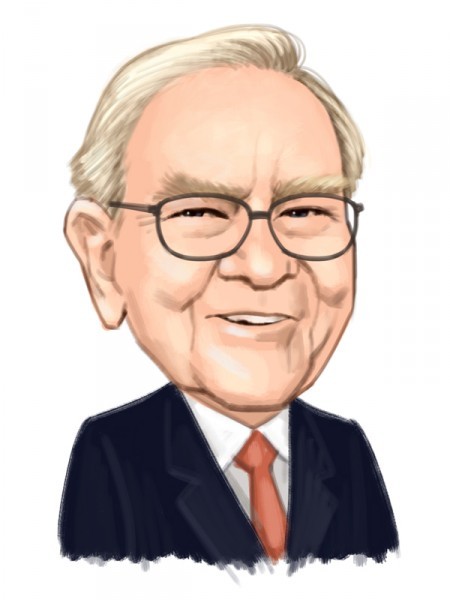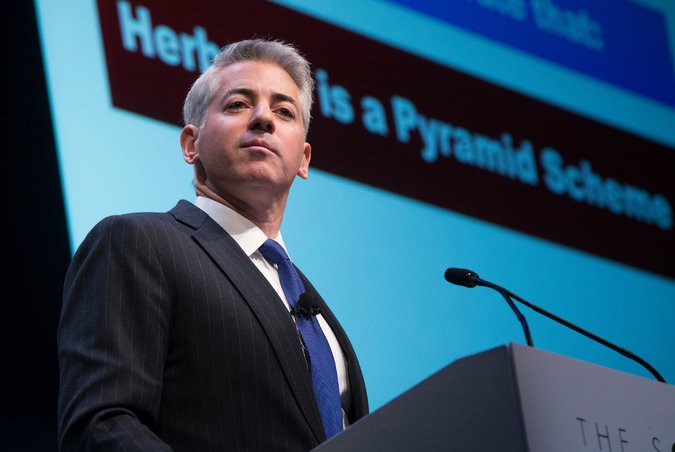Fund Managers Betting Their Own Money
Post on: 3 Июль, 2015 No Comment

January 14, 2010
Bruce Berkowitz believes in treating his shareholders as he would treat himself. You can see why—Berkowitz and his 30 employees have $150 million of their own money invested in the $11 billion Fairholme Fund. The bulk of that $150 million belongs to Berkowitz.
According to a July 2009 study by fund tracker Morningstar (MORN ), managers with more than a $1 million stake in their own funds beat 58% of peers, on average, over the past five years. Funds with no manager investment beat 46% of peers. Fairholme’s 13.2% annualized return has outperformed 99% of peers over 10 years. On Jan. 12, Morningstar named Berkowitz one of three Fund Managers of the Decade.
Funds began to disclose manager investments only in 2005, after the Securities & Exchange Commission changed disclosure rules. So the research is preliminary. And the level of disclosure is poor—managers need only report their holdings in broad bands that start at $0 to $10,000 and stop at over $1 million. Beyond that it could be $1.1 million or $150 million. (For trustees on fund boards of directors, the disclosure cap is $100,000.)
More than half of the 4,383 U.S.-based funds in the 2009 study had no manager investment; 413 had investments of over $1 million. It can be hard for younger managers who’ve just been promoted to invest more than $1 million in their funds, says Laura Lutton, Morningstar’s editorial director of fund research. But I have a hard time understanding why so many managers would not invest anything at all.
Some fund companies use compensation to try to ensure that the interests of managers match up with those of shareholders. A Fidelity spokesperson says that while fund managers are encouraged to invest in at least one fund they manage, compensation is largely driven by fund performance, which. aligns their interests with the interests of our shareholders. That performance-based compensation is measured against an appropriate benchmark index and peer group over multiple periods as long as five years.
Four years ago, Royce & Associates, a New York-based fund firm with $28 billion in assets, created a policy requiring lead portfolio managers to invest at least $1 million in their funds. Co-portfolio managers must invest $500,000 and assistant managers $250,000. If you’re young and don’t have enough money, we will defer your quarterly bonus into the fund, says Jack Fockler, Royce’s managing director. As a result, the firm’s 100 employees have $100 million invested in its funds.
Then there’s Southeastern Asset Management, parent of the three Longleaf Partners Funds. If you work for Southeastern or your spouse works for Southeastern, you cannot own individual stocks or other non-Longleaf mutual funds, says Lee Harper, a Southeastern spokesperson. Spouses of Southeastern employees who don’t have Longleaf funds in their companies’ 401(k) plans must get approval from an exception committee before participating. The firm’s 55 employees and its charitable foundation are the funds’ largest shareholders, collectively owning $1 billion in fund shares. The Longleaf Partners Fund has beaten 96% of its peers over the past 10 years.

Fund companies with heavy manager investment tend to be boutique firms. Yet at some big fund companies, including Janus, T. Rowe Price and Dodge & Cox, manager ownership is also part of the corporate culture. Janus in particular has long had a culture of ownership. Its 54 analysts and money managers have $113 million invested in its funds. Since 2005 the firm has paid half of fund manager/analyst bonuses in fund shares, and shares vest over four years. The day I became manager of Janus Fund, I (JANSX ) invested in excess of $1 million in it, says Jonathan Coleman, Janus’ co-chief investment officer and co-manager of the firm’s $9 billion flagship Janus Fund. We have a saying: ‘You don’t wash a rental car.’ We don’t treat portfolios as rental cars. We treat them as owners.
There is evidence of improvement in ownership among fund boards of directors. According to a study of 7,690 funds by fund trade group Investment Company Institute, 28% of funds required directors to own fund shares in 2008, up from 6% in 1996. Longleaf directors, for instance, must own fund shares at least equal in value to their annual directors’ salaries. One of the most important responsibilities of fund boards is to negotiate fees and expense ratios with fund management companies, says Morningstar’s Lutton. When directors are paying some of those fees as shareholders, they have a good incentive to lower those fees for themselves.
A handful of fund companies lead the way in this area. One that makes a big point of employee investment is Davis Advisors. It touts the size of its ownership—about $1.5 billion—at the top of the Davis funds’ home page. (Much of that money is from the Davis family, whose patriarch, Shelby Davis, and his son, Chris, built the firm.) Davis, which manages $45 billion in mutual fund assets, has director stock ownership guidelines that require directors of its Selected Funds to own in fund shares at least three times the annual amount they are paid to be directors. For independent directors, those annual amounts ranged from $67,500 to $130,000 in 2008. Selected Funds’ mutual fund fees are among the lowest in the business.
To find out what a fund’s manager ownership levels and policies are, check its Statement of Additional Information, which accompanies its prospectus and can be found at fund Web sites and at Morningstar.com. Morningstar also has stewardship grades that analyze manager incentives and pay structure. (Not all funds are rated yet.) Managers with big investments in their own funds receive an A for the incentive part of their stewardship grade.














